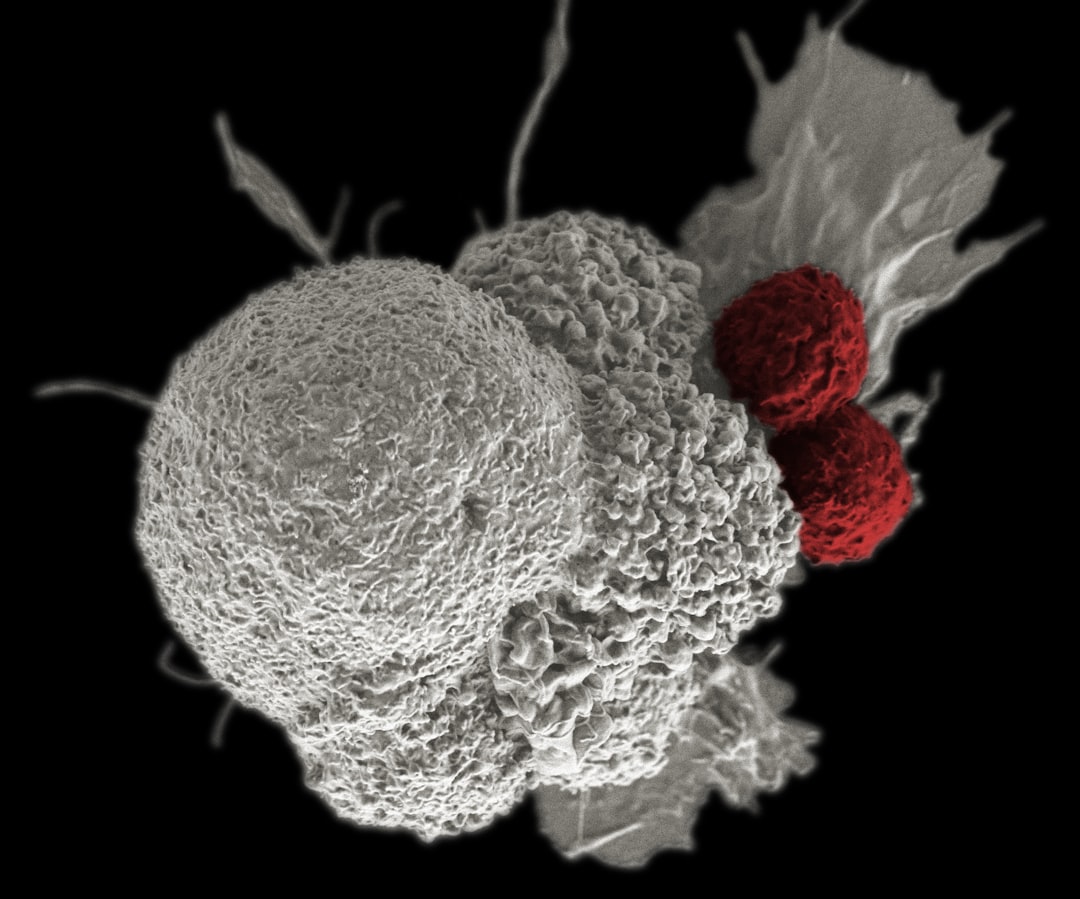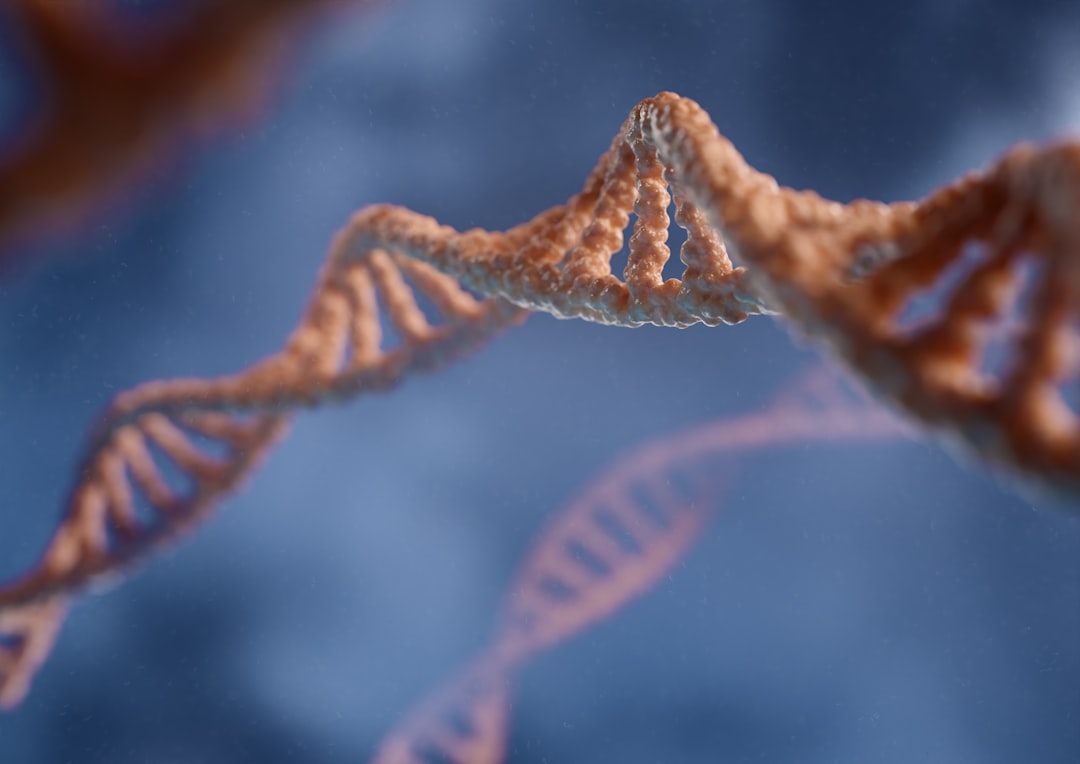What is it about?
We demonstrate Mediterranean green turtle (Chelonia mydas) populations have been utilising the same North-African feeding grounds for at least ~3000 years, highlighting the critical importance of this now threatened habitat. This discovery was possible through the extraction and molecular analysis of collagen from sea turtle bones found at archaeological sites along the Levant. Sea turtles had been hunted and eaten at these locations for thousands of years. We hypothesised that these bones could contain a record of turtle habitat utilisation on a time scale outside the reach of current approaches e.g satellite tracking. Archaeological bone collagen allows us to do two things: Firstly, species identification by palaeoproteomics (ancient-protein analysis), different species have a different collagen amino acid sequence. Secondly, analysis of the isotopic signature, as stable isotopes present within the food that turtles eat are incorporated into their proteins i.e. collagen, which can give information about trophic level and where different animals eat. Key to interpreting the isotopic signature of archaeological turtles is modern satellite tracking and isotopic signatures of present-day turtles. This provides a framework to train our models. Once the model is trained we were able to place the archaeological turtles into the most probable feeding ground based on their isotopic signature. What this analysis showed is that for at least 3000 years, mediterranean green turtles have foraged in the same seagrass meadows as present day turtles do today.
Featured Image

Photo by Olga ga on Unsplash
Why is it important?
As ancient green turtles from the Levant have been using the same feeding areas and migration routes along the North African Coast for thousands of years it is highly likely that this is a critical habitat for the prosperity of the species. The preservation of these threatened seagrass meadows is therefore crucial for the conservation of green turtles. Thankfully, current analysis suggests that with proper protection measures, the seagrass can recover within the next three decades. This study illustrates the power of bioarchaeology to contribute a long-term perspective to assess the current state of marine biodiversity, something that is not possible by exclusively studying present day abundance or behaviour. We advocate for the ‘longevity of use’ to be incorporated into existing criteria for protected habitat designation. This information shows that a habitat has been used by a species for many generations - highlighting its importance. Ultimately, we hope our research contributes to the UN Decade of Ocean Science's goal to protect and restore ocean ecosystems and biodiversity and also believe that the approach we describe can be applied to other species and habitats.
Perspectives
I am grateful for the opportunity to collaborate with such a multidisciplinary team of scientists. I'm excited about finding evidence of such long term habitat use, and the potential for using this knowledge to inform present day conservation strategies and goals. Here, historical ecology helps us piece together a fascinating story of how these sea turtles have been using the same foraging grounds and migration routes to the North African coast for thousands of years. Doesn't that make them extra special?
Willemien de Kock
Rijksuniversiteit Groningen
Read the Original
This page is a summary of: Threatened North African seagrass meadows have supported green turtle populations for millennia, Proceedings of the National Academy of Sciences, July 2023, Proceedings of the National Academy of Sciences,
DOI: 10.1073/pnas.2220747120.
You can read the full text:
Contributors
The following have contributed to this page










